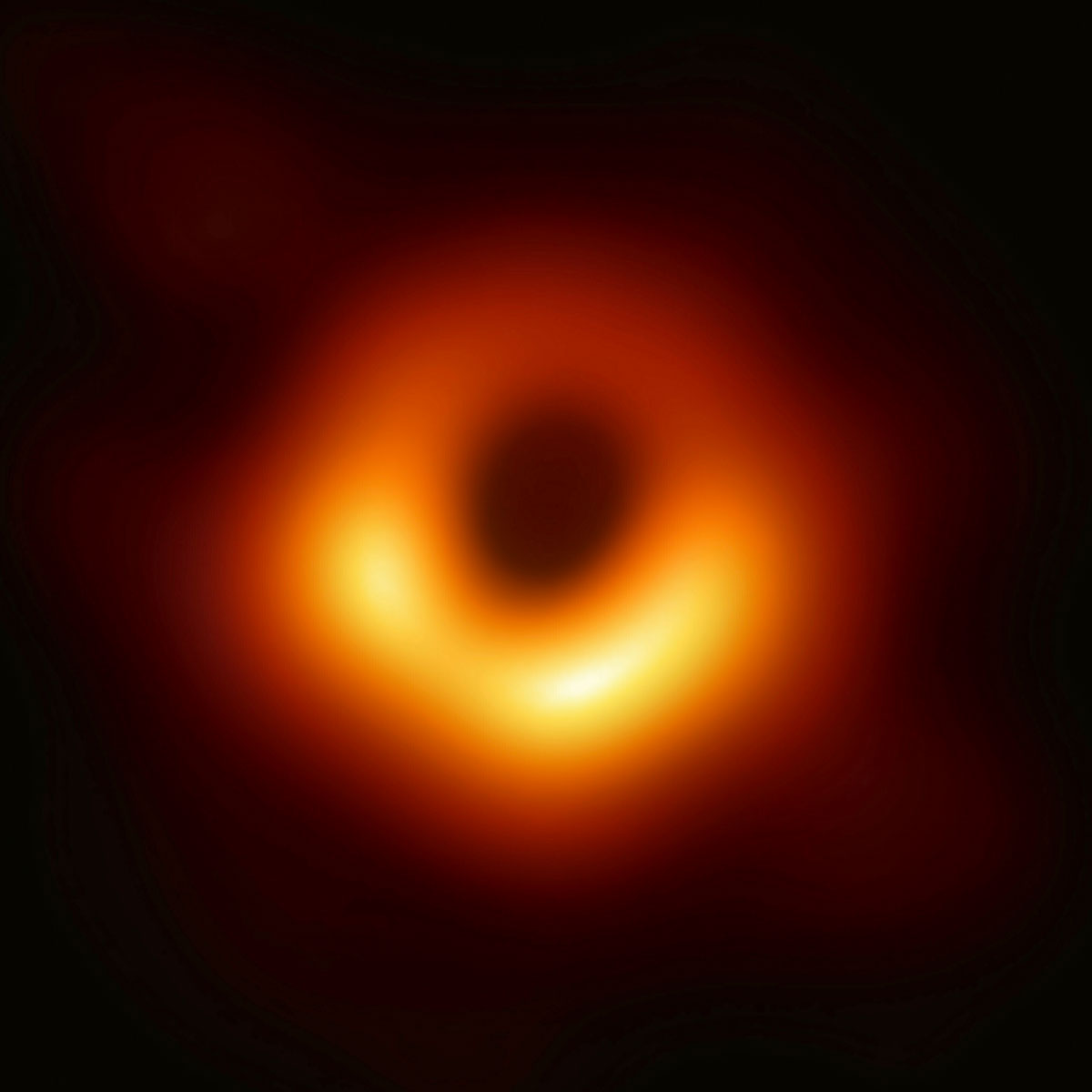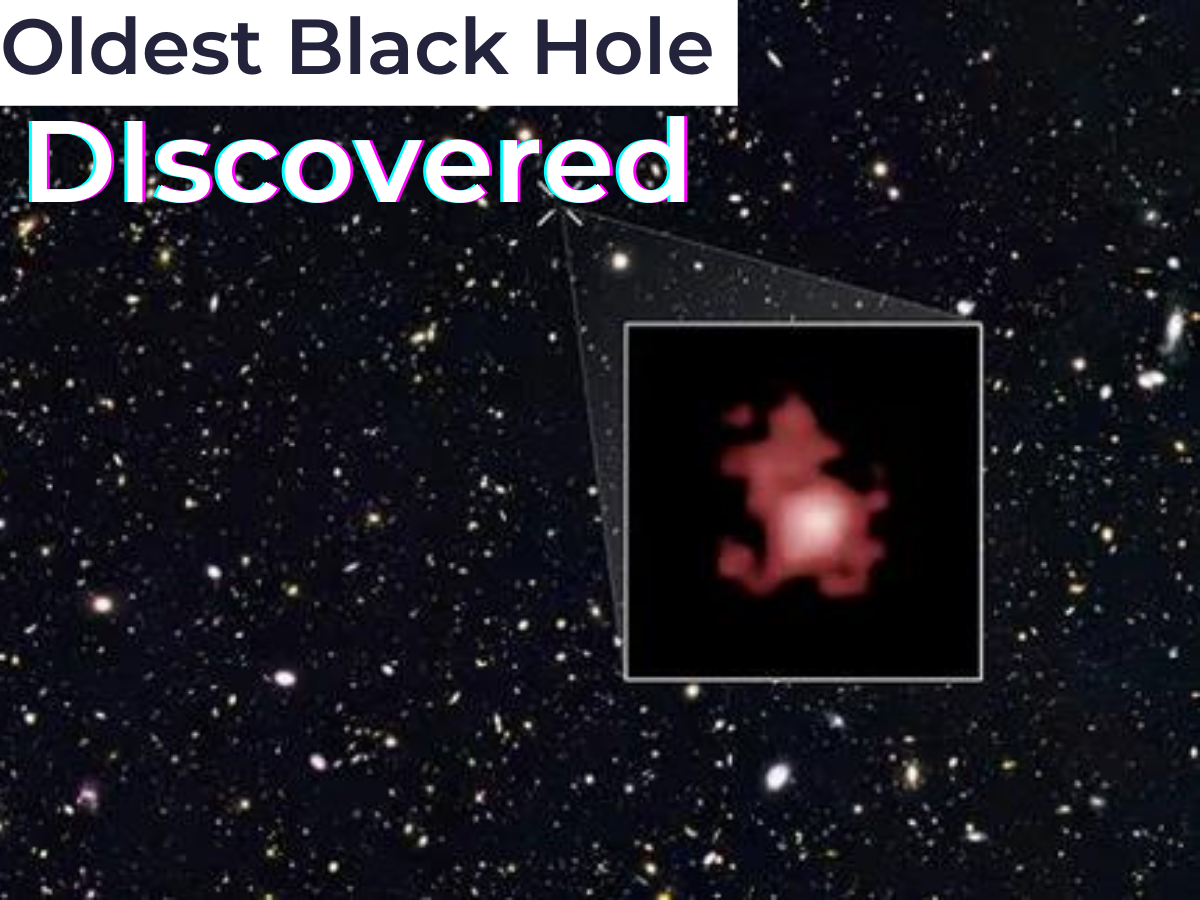Oldest Black Hole Discovered In The Universe
- Scientists unveiled the discovery of the oldest black hole ever observed on Wednesday.
- This 13-billion-year-old black hole is actively consuming its host galaxy.
- The breakthrough was made possible through observations with the James Webb Space Telescope.
- Surprisingly, the oldest black hole is remarkably massive, boasting a few million times the mass of our sun.
The existence of such a massive oldest black hole challenges established ideas about how black holes form and grow.
The University of Cambridge in the U.K. emphasized the significance of this finding.
Details of the discovery were published in the peer-reviewed journal Nature under the title "A small and vigorous black hole in the early Universe."
A Buffet For Black Holes
Lead author Roberto Maiolino from Cambridge’s Cavendish Laboratory and Kavli Institute for Cosmology highlights the early appearance of a massive black hole in the universe.
The gas-rich nature of early galaxies is compared to a buffet, providing favorable conditions for black hole formation.

Contrary to the belief that supermassive black holes grow slowly over billions of years, the newly discovered black hole challenges this idea.
The size of the oldest black hole suggests alternative formation methods, proposing the possibility of them being 'born big' or consuming matter at a rate five times higher than previously thought.
Maiolino notes the unprecedented consumption rate, stating, "This black hole is essentially eating an entire sun every five years, much higher than we thought could be feasible for these black holes."
What is the James Webb Space Telescope?
- Discovery: The idea for the James Webb Space Telescope (JWST) was formally proposed in the early 2000s as the successor to the Hubble Space Telescope.
- Development and Collaboration: The development of the JWST is a collaborative effort involving NASA, the European Space Agency (ESA), and the Canadian Space Agency (CSA). Construction of the telescope includes contributions from numerous international partners.
- Launch and Location: The JWST was scheduled for launch on December 18, 2021, aboard an Ariane 5 rocket. Its intended location is at the second Lagrange point (L2), situated approximately 1.5 million kilometers from Earth.
- Primary Objectives: The primary objectives of the JWST include studying the formation of the first galaxies, examining the atmospheres of exoplanets, and investigating the mysteries of dark matter and dark energy.
- Advanced Features: With a large segmented primary mirror measuring 6.5 meters in diameter, the JWST surpasses the Hubble Space Telescope in size. Equipped with advanced scientific instruments operating primarily in the infrared range, it aims to provide unprecedented clarity and detail in its observations.
- Scientific Significance: The JWST is expected to make groundbreaking discoveries, offering insights into various astrophysical phenomena and significantly advancing our understanding of the universe. Its potential impact on astronomy and astrophysics is vast, making it a key instrument for space exploration in the next decade
Read more such news on techinsightoday
Thank you so much for reading

